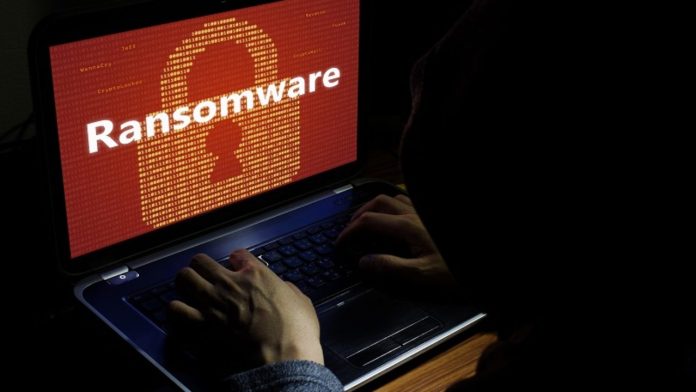Imagine that you are in the middle of your workday and double-click on one of the 50 Excel files saved on your desktop. Instead of seeing multiple columns and thousands of rows of data. Thus, you will get an error message saying that your file cannot be opened unless you pay a certain amount of bitcoins to someone named 4N0M4LY. You should access this file immediately and if you have not any more copies of it, then you cannot back up your desktop. What are you going to do now? Unfortunately, this ransomware nightmare scenario is very common in our modern world. Plus, there is no evidence that it is holding back this type of attack. So, businesses should know about the process of ransomware recovery.
Ransomware attacks continue to dominate the headlines, affecting companies of all sizes, in both the public and private sectors which is making ransomware protection so critical. As with other cybersecurity attacks, no organization is immune. Ransomware is a billion-dollar system in 2020 and IT security vendors are engaging in an arms race with the perpetrators. However, no IT system is 100% secure. Because of this, backup and disaster recovery are required as the last line of defense. This line of data protection services must not fail in the event of an attack. Ransomware victims need readily available backup files that are not corrupted by malware. The recovery process should allow victims to quickly rebuild clean systems.
Why Ransomware Recovery Is Important?
Ransomware is generally spread through spam, phishing emails, or through social engineering efforts. It can also spread via websites or unauthorized downloads to infect an endpoint and enter the network. Infection methods are constantly evolving and there are countless ways your technology can become infected. Once installed, the ransomware locks all files it can access with strong encryption. Ultimately, the malware demands a ransom (usually payable in Bitcoin) to decrypt the files. Plus, restore the affected IT systems to full working order.
Role of Data Protection Services
Every business works with customer data, personnel files, financial transactions, and product information to make logical and reliable decisions. This data serves as a source of workflows and processes for organizations. The same data allows companies to offer products or services of the highest quality. In 2021, data has become the holy grail for businesses.
It is an asset that companies can build or destroy. This is the main reason why privacy has become a priority for growing companies. Depending on company size, structure, industry, and business requirements, a wide range of data security solutions can be used. For example, internal authorization is the trademark and basic data protection practice. Restrict certain data of employees to protect the integrity and confidentiality of the data.
Protection Against Ransomware
While it is impossible to completely prevent a ransomware attack. There are some important enterprise security precautions you can take to greatly reduce your risk of becoming a victim of ransomware.
- Employees Training
Your end-users are your first line of defense. Most of the ransomware is downloaded when end-users click on malicious links or open malicious email attachments. Systems can also become infected with ransomware when end users visit infected websites. This virus is often downloaded and installed on the computer in the background while the end user is innocently browsing the web. Training reduces the risk of ransomware entering your network.
- Use Technology
The advantage over on-premises systems is that it is more difficult to exploit the weaknesses of cloud-based architectures. In addition, you can use cloud storage solutions to restore older versions of your files. This means that if the file is encrypted by ransomware, you should be able to return to the unencrypted version using cloud storage.
- Back of Data
Backing up your data does not prevent ransomware attacks, but you do not need to consider paying a ransom. All important data should be backed up, and it is important to have multiple versions of the backup. Ransomware encrypts files and may not be detected for weeks, if not months. Having multiple backup versions increases the chances of restoring an uninfected backup. In addition, ransomware attacks cannot even touch backup files. But keep these backups isolated from the network.
Bottom Line
As with any malware, careful action and the use of enterprise security are the first steps in the right direction when it comes to fighting ransomware. Making a backup is especially important for this type of malware. This means that you are well prepared for even the worst scenarios. Because ransomware recovery is very expensive.










